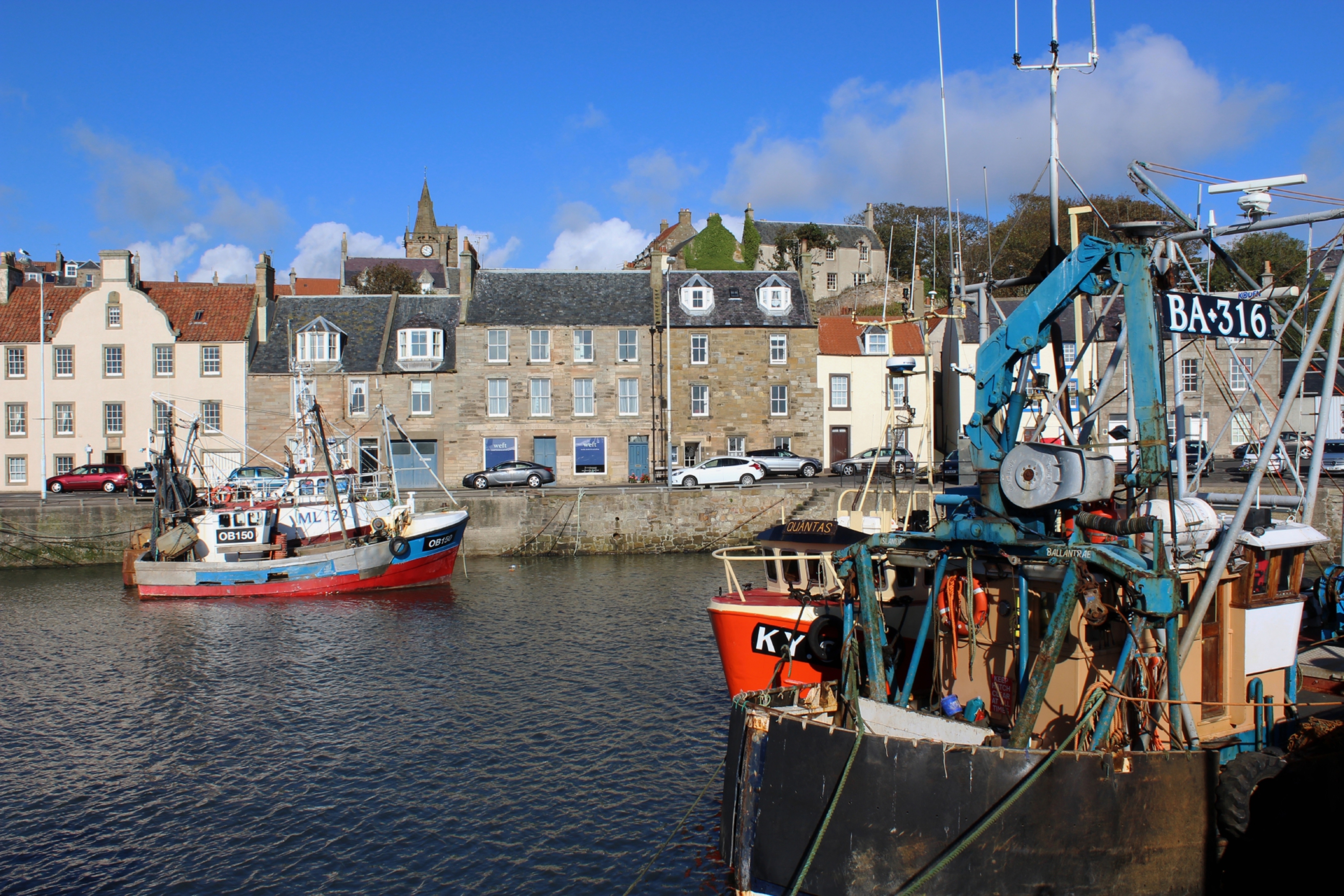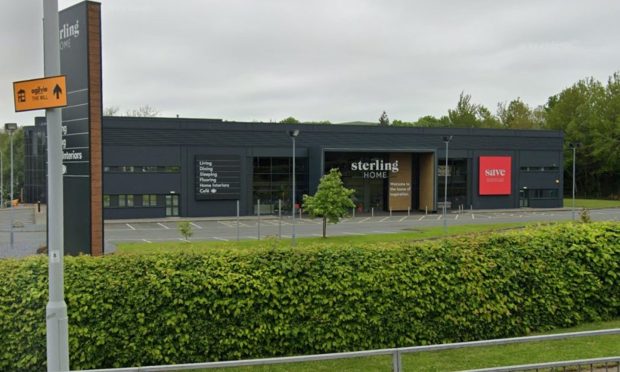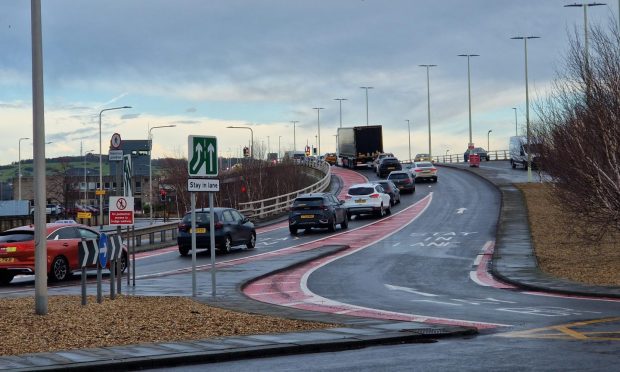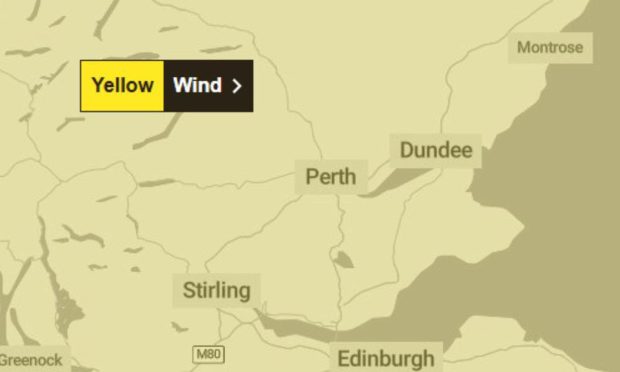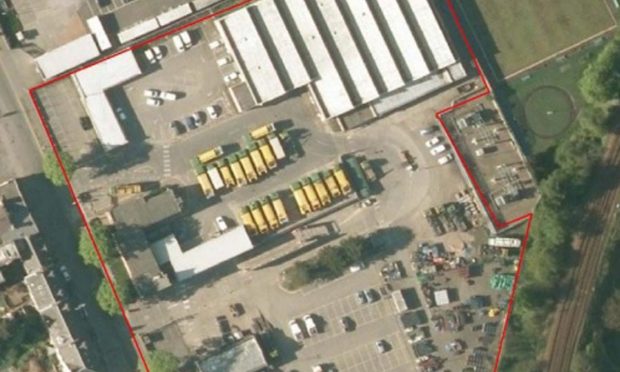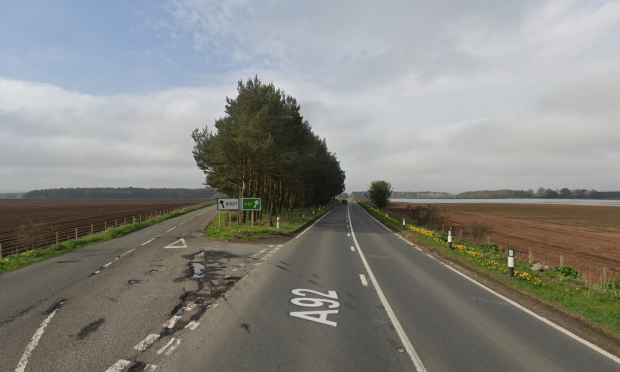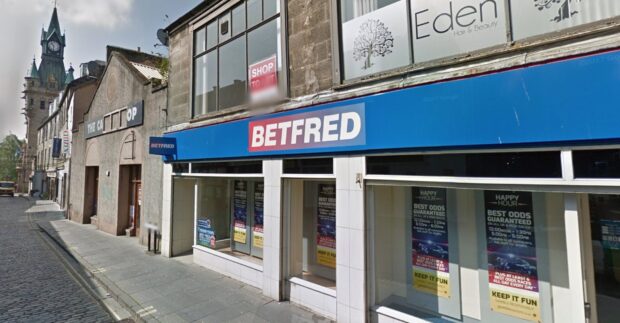A landmark court decision south of the border could pave the way for a new policy blocking properties in Fife from being used as second homes.
A neighbourhood plan for St Ives in Cornwall’s – similar to a Local Development Plan in Scotland – will be the first in the UK to require new residential dwellings to be occupied as a person’s “principal residence” in a bid to cut the proportion of holiday homes there.
The move, amongst other anticipated benefits, should make more housing available for people in the picturesque Cornish harbour town and would only allow new houses to be built for those living in the area full time.
But with second home ownership a particular bugbear for people in North East Fife and the East Neuk in particular, St Andrews Labour councillor Brian Thomson believes Fife should now follow St Ives’ lead and consider a similar policy.
“Despite best efforts, the planning system is clearly failing to deliver affordable housing in St Andrews, with developers able to get round the requirement to provide a proportion of affordable housing by developing housing types that are exempt – such as private student or retirement housing – or ensuring that the number of units proposed is below an exemption threshold, and therefore just having to pay a commuted payment towards affordable housing,” Mr Thomson explained.
“Stymied by high land costs, the monies accumulated from commuted payments in St Andrews have, to date, failed to deliver a single affordable dwelling on the ground in the town, and the whole situation is, to put it mildly, extremely disappointing.
“One of the new flatted developments in St Andrews that’s currently being marketed has a starting price of £380,000 for a two-bed flat, which is well out of reach of most families on an average income, never mind anyone just trying to get on to the housing ladder.
“It is, however, probably the type of development and price that would appeal to some people who are looking for a second home.
“A policy similar to St Ives – which could also be considered for the East Neuk – would not solve the problem, but I’m sure it could play a part in at least stemming the tide, help to meet the needs of local people, bring greater balance and mixture to the local housing market, and create new opportunities for people to live and work in the town.”
The St Ives plan will be based on people providing proof of “principal residence”, such as people being registered on the local electoral register, or their attendance at local services such as healthcare or schools.
Around 12,000 parishioners of St Ives voted in favour of the neighbourhood development plan earlier this year and, although it was challenged through the courts by developers, the High Court has since ruled that authorities would not be breaching human rights legislation by imposing such a planning provision.
Mr Thomson has urged officials here to consider such a policy in the next Local Development Plan and, for its part, Fife Council has not yet ruled out such a move.
Indeed, service manager Bill Lindsay noted: “We are keen to investigate this further and will look at the situation in St Ives for a future version of the Local Development Plan.”
